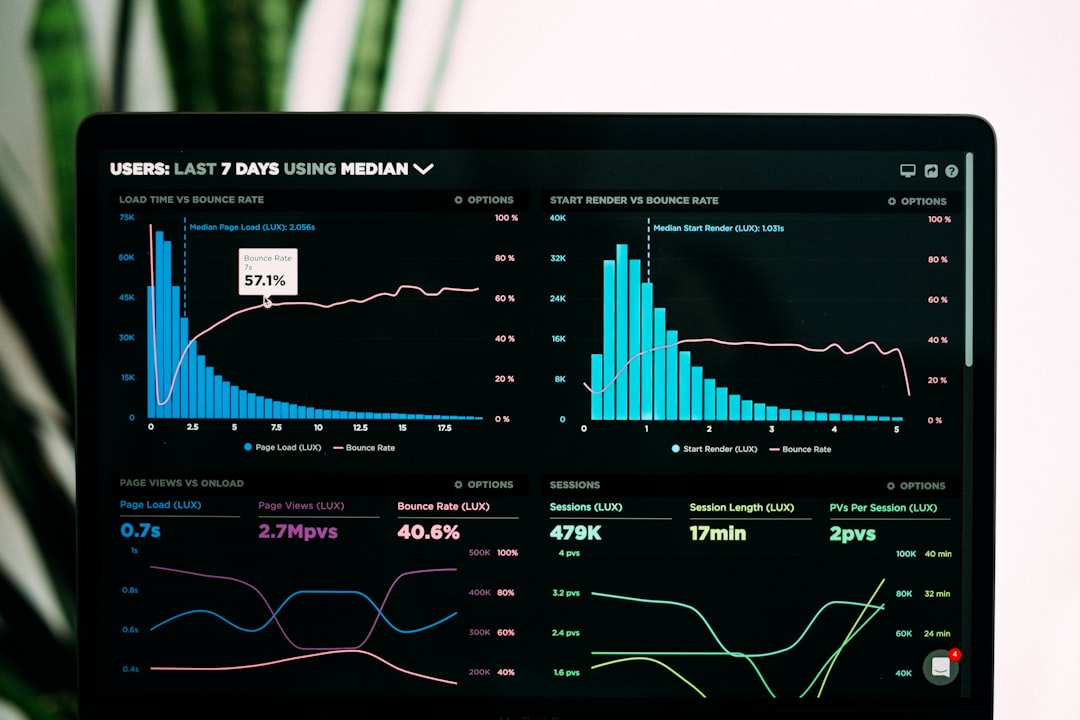
How to Effectively Use Government Economic Data for Business Insights.
# Introduction. In today's dynamic business landscape, making informed decisions is crucial for success. Business leaders often face uncertainties influenced by varying economic conditions. Government economic data serves as a reliable foundation for decision-making, guiding businesses with insights on market trends, consumer behavior, and economic forecasts. In this blog post, we will explore how leaders can effectively leverage government economic data to enhance their business strategies. # Understanding Government Economic Data. Government economic data is a collection of statistics and indicators created by national and local governmental agencies, providing insights into the overall economic performance of a country or region. These statistics include Gross Domestic Product (GDP), unemployment rates, inflation indices, consumer spending surveys, and the balance of trade. By analyzing this information, business leaders can understand market conditions, consumer trends, and potential challenges. Understanding the sources of this data is the first step towards utilizing it effectively. Agencies like the Bureau of Economic Analysis (BEA) and the Bureau of Labor Statistics (BLS) in the United States publish this data regularly, and most countries have similar agencies. # Identifying Relevant Data Points. When it comes to utilizing government economic data, identifying which metrics are relevant to your business is vital. Businesses should focus on indicators that directly impact their industry. For example, a retailer might examine consumer spending data and employment rates, while a manufacturing company could look at commodity prices and production indexes. By honing in on the most pertinent data points, business leaders can tailor their analysis to gather useful insights, avoiding the trap of becoming overwhelmed by irrelevant information. # Analyzing Trends Over Time. Once the relevant data points are identified, the next crucial step is to analyze trends over time. By comparing governmental statistics across different time frames, business leaders can gain a better understanding of how their market sector is evolving. This involves conducting a longitudinal analysis of key indicators such as sales figures, workforce numbers, or price changes. Understanding past trends allows businesses to anticipate future developments and helps them to capitalize on emerging opportunities. Leaders can use software tools or spreadsheets to visualize trends through graphs and charts, making the data easier to interpret. # Integrating Data into Business Strategies. The true power of government economic data comes when it is integrated into business strategies. For instance, if data suggests an upcoming recession, businesses might consider tightening budgets, diversifying products, or entering new markets. Alternatively, if economic data shows growing consumer demand in a particular area, businesses may choose to invest in expansion or marketing efforts. The strategic use of economic data will enable businesses to remain agile and responsive to changing market conditions, improving their resilience in the face of economic challenges. # Utilizing Data for Competitive Analysis. Business leaders can harness government economic data not only for their internal strategic planning but also for competitive analysis. By understanding economic conditions within their industry and how they compare to competitors, businesses can identify strengths and weaknesses. For instance, if government data reveals that a competitor is less affected by a downturn in consumer spending, it may prompt a reevaluation of your business model or marketing approach. This analysis can help businesses find blue ocean strategies—innovative initiatives that set them apart in the marketplace. # Real-Life Examples and Case Studies. To illuminate the value of government economic data, consider the real-life example of a travel company that leveraged economic indicators to adjust its operations during a financial crisis. By carefully monitoring unemployment rates and consumer spending data, the company anticipated a decline in travel budgets among its target market. In response, they pivoted to offer more budget-friendly holiday packages, successfully maintaining their customer base during tough times. Case studies like this highlight the actual benefits that can be gained from using government economic data wisely. # Conclusion. In a world marked by unpredictability and rapid change, making well-informed business decisions is more critical than ever. Utilizing government economic data provides leaders with the insights necessary to navigate the complexities of the market. By understanding the available data, identifying relevant metrics, analyzing trends, integrating insights into strategic plans, and employing competitive analysis, business leaders can gain a significant edge. The power of government economic data lies not just in the data itself, but in its ability to inform, guide, and ultimately empower businesses towards sustainable success. .








